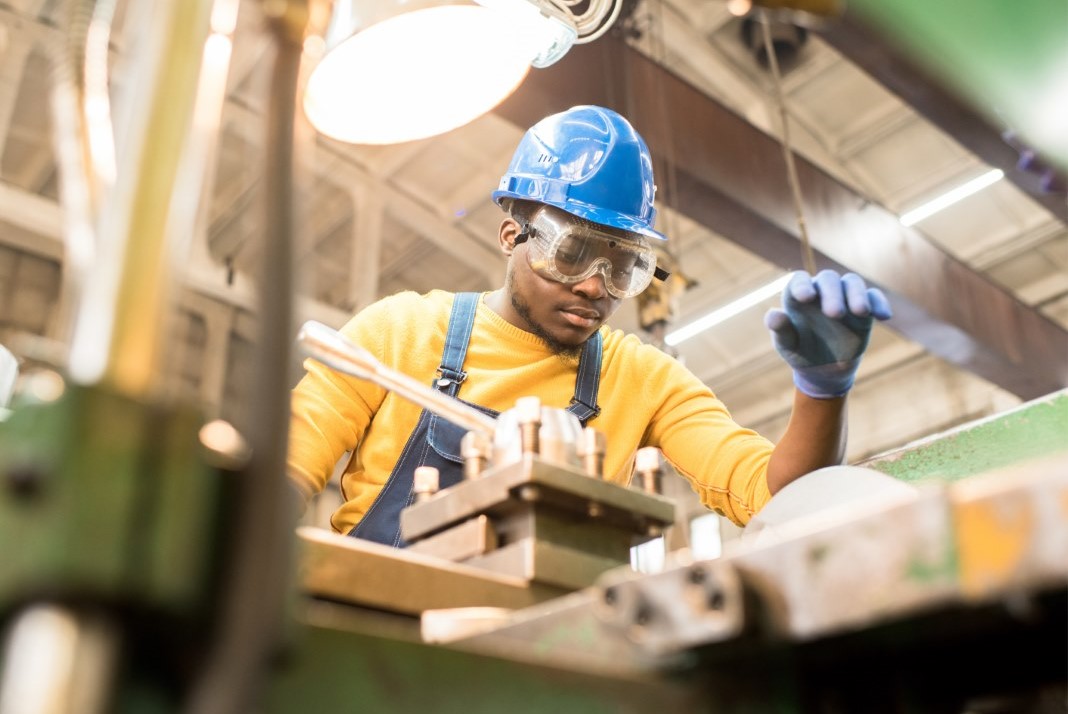
In September 2024, President Cyril Ramaphosa led a State Visit to China. The visit was aimed at strengthening the long-standing partnership between South Africa and China and coincided with the Forum on China-Africa Cooperation (FOCAC) 2024 Summit.
Established in 2000 and consisting of 53 African countries, FOCAC is a key platform for fostering collaboration and cooperation between African countries and China in areas such as trade, investment, infrastructure, and development. It also extends to address global issues such as the reform of international governance, peace, and security, all of which is done through a consultative process that aims to promote cooperation between China and Africa.
Specific to 2024, the FOCAC Summit resulted in the signing of several bilateral agreements covering areas such as industrialization, trade, technology, and agricultural modernization.
Manufacturing and industrialization
One of the core themes of FOCAC 2024 was industrialization, a key priority for African nations as they seek to transform their economies from resource-dependent to value-added industries. Through FOCAC, China has been a crucial partner in supporting Africa’s industrialization agenda, providing investment, technology, and infrastructure to facilitate the growth of sectors such as manufacturing, energy, and agriculture.
China’s investments in Africa’s industrial sector align with the goals of the African Union’s Agenda 2063, which emphasizes inclusive economic growth and industrial transformation as drivers of development.
Specific to 2024, the FOCAC Summit resulted in the signing of several bilateral agreements covering areas such as industrialization, trade, technology, and agricultural modernization.
In the last two decades, China’s FDI into Africa has increased, peaking at $5b in 2022. This amount, which represents about 4.4% of the Continent’s FDI has mainly been focused on manufacturing – a key driver to Africa’s industrialization agenda (Institute for Global Dialogue, 2023)
South Africa has benefitted from this FDI, with the country being a major recipient of Chinese investment. It is, however, understood that this FDI has mainly been in the primary sectors of natural resources. FOCAC 2024 highlighted the importance of changing this with more finished goods being exported to China.
 Worker on an industrial site. Image supplied: OR Tambo SEZ
Worker on an industrial site. Image supplied: OR Tambo SEZ
Balancing South Africa-China trade
Whilst trade between China and Africa has grown significantly (increasing from $11.67 billion in 2000 to $257.67 billion by 2022), it is understood and agreed that the imbalance in trade must be addressed.
Specific to South Africa, during 2022, the country exported $23.4 billion worth of products to China, while China’s exports to South Africa amounted to $23.5 billion. The primary exports from South Africa to China were natural resources, including gold, which accounted for $8.85 billion, followed by diamonds at $3.36 billion and platinum at $1.83 billion. In contrast, China’s exports to South Africa were predominantly manufactured goods, featuring broadcasting equipment valued at $1.78 billion, computers at $1.04 billion, and electric batteries at $777 million (South African Revenue Service, 2023).
According to a joint statement released by the governments of South Africa and China during FOCAC 2024, the two countries agreed to elevate their partnership into a comprehensive strategic cooperative relationship focused on balancing trade, a key input into industrialization, technological innovation, and sustainable growth.
In respect of the latter, South Africa’s investment opportunities in the renewable energy, green hydrogen as well as energy storage, all of which have been identified as sunrise sectors with the potential to massively contribute to South Africa’s GDP and job creation capabilities, were highlighted as areas of investment by the South African government.
…forums such as the FOCAC are of benefit to South Africa in accessing the Chinese market, not just from an investment perspective but from a consumption market as well.
This is because of China’s proven track record in these areas; presently China is the largest producer and consumer of hydrogen. It is also at the forefront of electric vehicles and battery production with its electric vehicles already making headway in Europe. This fast-evolving sector provides an opportunity not just for South Africa, but the Continent as a whole, given the natural endowments found in Africa and their essential input into the production of fuel cell and electric vehicles as well as green hydrogen.
In order for this opportunity to be realized and more importantly, for the opportunity to translate into the growth prospects envisaged for the Continent and the country, a market such as China is key in supporting South Africa’s ambition to realize its green technology capabilities. Without a doubt, forums such as the FOCAC are of benefit to South Africa in accessing the Chinese market, not just from an investment perspective but from a consumption market as well.
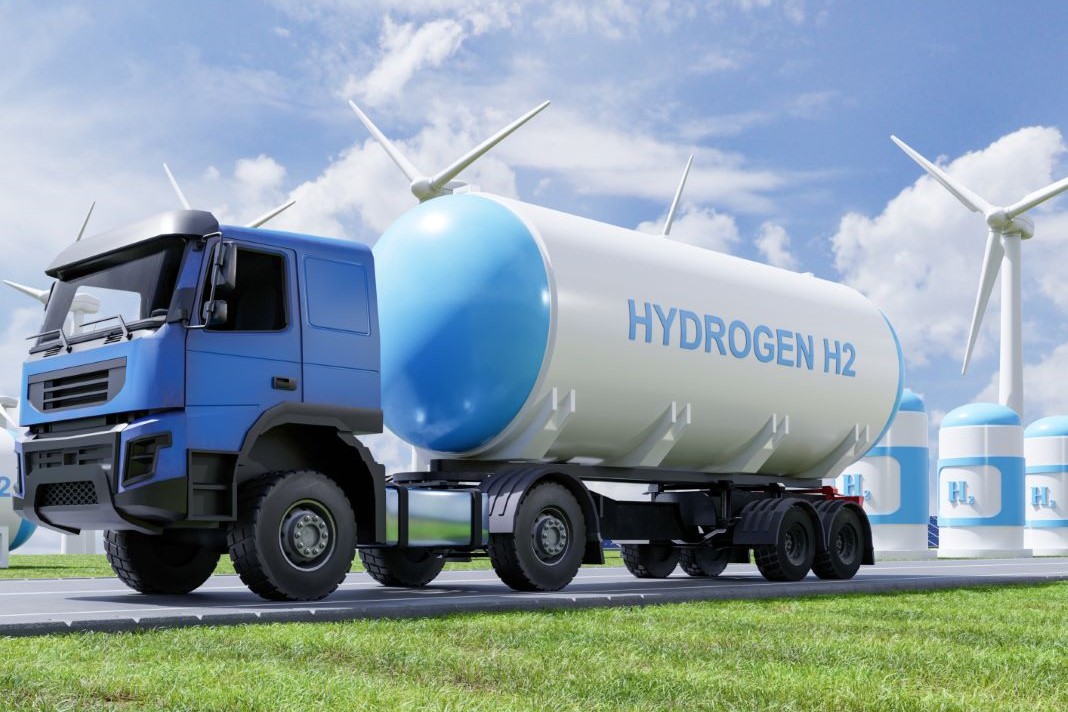 An artist’s impression of a hydrogen tanker. Image supplied: OR Tambo SEZ
An artist’s impression of a hydrogen tanker. Image supplied: OR Tambo SEZ
Re-drawing and levelling the playing field: 2025–2027 FOCAC Plan
The 2024 FOCAC Plan was shortened from six years to three years. This is in support of the desire to accelerate modernization and industrialization in Africa as well as the objective to reduce the trade imbalance between China and the Continent.
To also ensure effective implementation of the desired co-operation between China and Africa, 10 key measures or areas of co-operation have been defined. All of the areas are beneficial and can if implemented effectively, contribute to the Continent’s sustainable growth.
Amongst others, the 2025-2027 FOCAC Plan aims to create research centers across Africa to enhance training of African leaders. The Plan has also set its goals on eliminating tariffs for products from least developed countries, helping African countries to expand their agricultural exports and digital trade platforms.
The establishment of industrial parks across 5 regions in Africa is also a target, as is infrastructure development, health care improvement, rural revitalization, security, and green development.
Amongst others, the 2025-2027 FOCAC Plan aims to create research centers across Africa to enhance training of African leaders.
To support all of this, China has pledged some $49b in financial support to be accessed in different ways, including credit lines or development assistance.
Positioning South Africa to benefit from FOCAC
During the State Visit undertaken alongside the 2024 FOCAC Summit, President Cyril Ramaphosa called for a narrowing of the trade deficit with China. For South Africa to enhance its trade arrangements with China as well as its access to set-aside FDI, it is argued that the country’s SEZ programme be integrated into priority trade and development areas identified for the country.
Leveraging the SEZ programme will ensure that a comparative advantage for FDI coming through from China can access the SEZ incentive framework, leading to increased investment.
The OR Tambo International Airport SEZ is well positioned to play a central role in this, in lieu of its competitive location next to Africa’s largest and busiest airport and its development trajectory wherein it has already identified and packaged for investment uptake, opportunities in sectors such as the pharmaceutical and medical sectors as well as the green economy.
The SEZ also has infrastructure development opportunities that support regional development where the SEZ is located, ensuring modernization of the OR Tambo International Airport Economic Node and its continued position as a world-class business location with accessibility and connectivity to different parts of the world.
For more information on the OR Tambo SEZ and its investment opportunities, visit our website: www.ortambosez.co.za
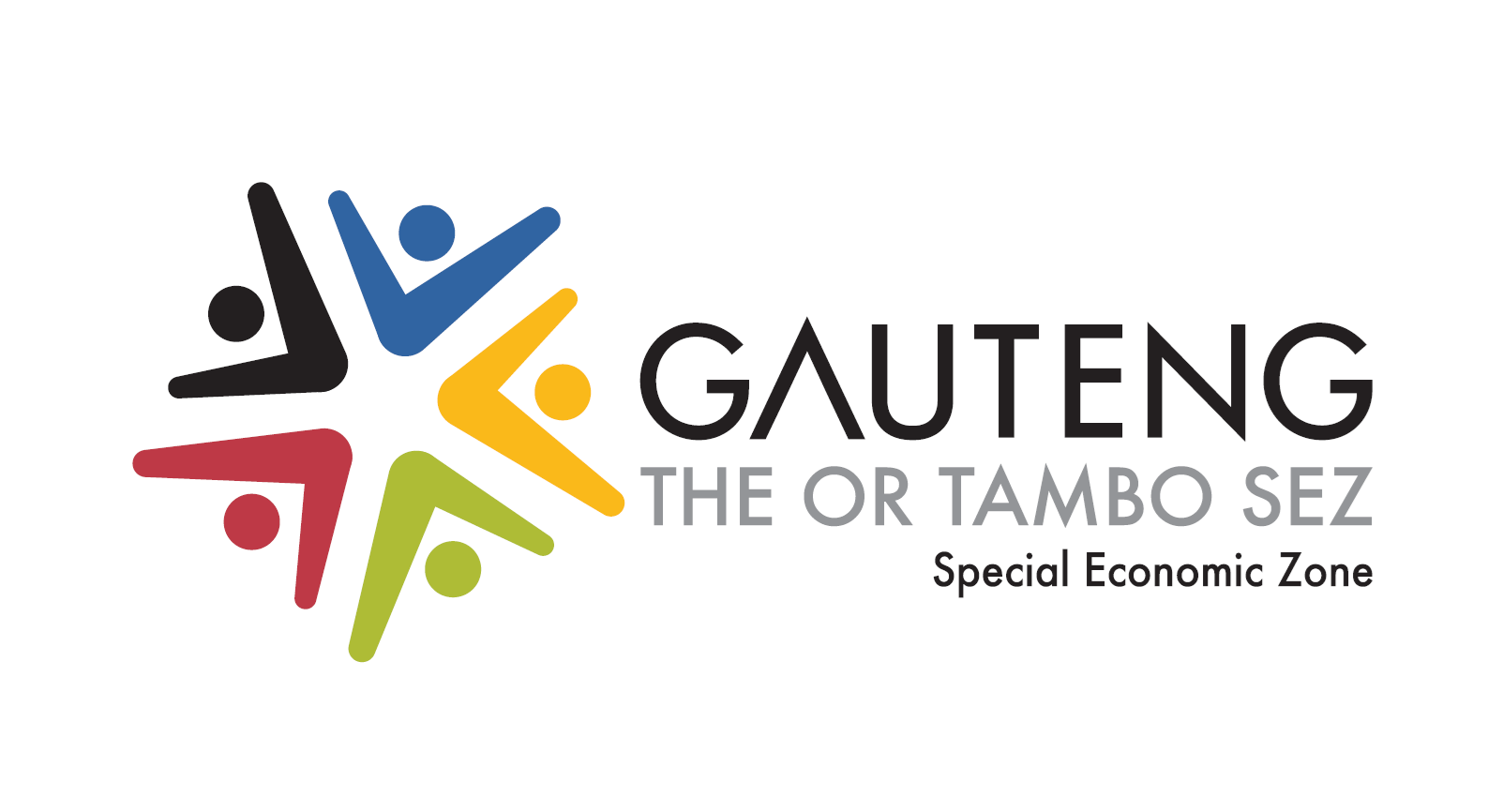
References
- Government of South Africa. (2024). Joint Statement on the State Visit of President Cyril Ramaphosa to China.
- South African Revenue Service. (2023). Trade Statistics Report: South Africa and China.
Forum on China-Africa Cooperation (FOCAC). (2024). Summary of FOCAC 2024 Outcomes. - Wang, Y. (2023). “China-Africa Trade Relations: Current Trends and Future Prospects.” Journal of International Trade, 12(3), 45-67.
- Institute for Global Dialogue. (2023). “Economic Ties Between South Africa and China: A Comprehensive Analysis.”


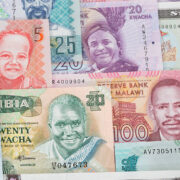

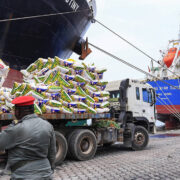

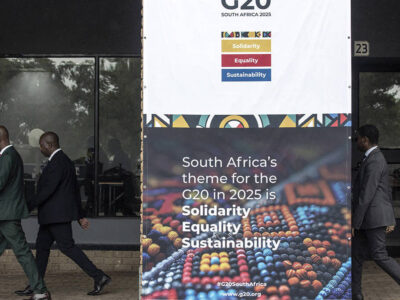




Comments